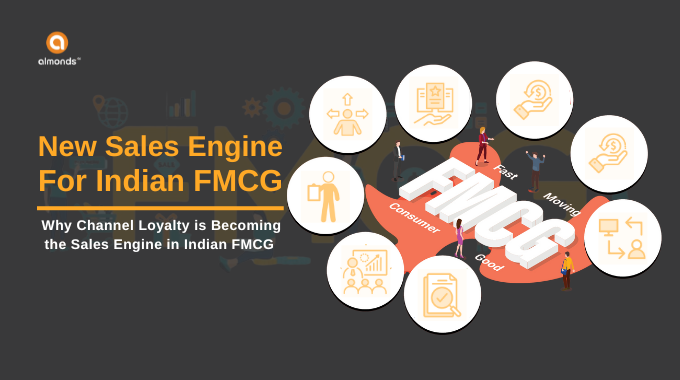In the ever-evolving landscape of cyber threats, application security has emerged as a critical battleground for businesses. With an alarming 8 out of the top 10 data breaches in 2023 directly linked to application attack surfaces, exposing a staggering 1.7 billion records, the need for robust application security measures has never been more pressing. Loyalty programs, which often handle sensitive customer data and financial transactions, are particularly vulnerable to these threats.
That’s why here is a comprehensive guide, where you will find the complexities of application security, equipping loyalty program administrators with the knowledge and strategies to fortify their defenses and safeguard their most valuable assets – customer trust and data integrity.
Streamlining Security Reviews:
- Code Change Review Challenges
Security reviews play a crucial role in identifying and addressing vulnerabilities in application code. However, there are notable challenges in ensuring comprehensive reviews before production deployment. Despite the importance of thorough scrutiny, only a fraction of major code changes undergo full security reviews. This gap highlights the need for improved processes and tools to streamline code review workflows and enhance security posture. - Time-Consuming and Resource-Intensive
Security reviews often demand significant time and resources, posing challenges for organizations seeking to maintain agility without compromising on security. A lot of respondents report that security reviews consume more than one business day, with many lasting several days.
Moreover, these reviews involve multiple individuals, further complicating the process and contributing to resource strain. As organizations strive to balance speed and security, optimizing review processes and resource allocation becomes paramount for effective risk management.
Tackling Tool: Expansion and Prioritization
- The Tool Conundrum
The expansion of security tools presents both opportunities and challenges for organizations. While these tools offer valuable capabilities for detecting and mitigating vulnerabilities, their abundance can lead to complexity and inefficiency.
Many security professionals find themselves utilizingthree or more tools, highlighting the need for consolidation and integration. As organizations navigate the tool landscape, striking a balance between functionality and manageability is essential to optimizesecurity operations effectively.
- Prioritization Challenges
Effectively prioritizing vulnerabilities and security alerts remains a significant challenge for organizations. With limited resources and competing priorities, security teams struggle to triage incidents and focus on the most critical threats.
This challenge is exacerbated by the lack of full visibility into applications and APIs, making it difficult to assess the severity and impact of vulnerabilities. To address prioritization woes, organizations must invest in solutions that provide comprehensive visibility and enable data-driven decision-making to prioritize remediation efforts effectively.
Incident Response and Accountability
- Slow Incident Resolution
Timely incident response is essential for minimizing the impact of security breaches and maintaining business continuity. However, many organizations face challenges in resolving critical security incidents promptly. A significant percentage of incidents take longer than 12 hours to resolve, indicating gaps in incident response processes and capabilities.
As organizations strive to enhance their incident response capabilities, reducing response times and improving agility are critical for effectively managing security incidents and mitigating potential damages. - Differing Views on Responsibility
Responsibility for application security is often a subject of debate within organizations, with differing views on who holds primary accountability. In smaller organizations, the Chief Technology Officer (CTO) may be perceived as most responsible, while larger organizations may attribute accountability to dedicated application security teams or DevOps/DevSecOps teams.
This variance underscores the need for clarity and alignment on roles and responsibilities to ensure effective collaboration and accountability across the organization.
Building a Secure Loyalty Program
So, how can loyalty and rewards programs navigate this complex web of application security challenges?
Here are some key takeaways:
- Understand the Risks: Be aware of the challenges associated with rapid development, multiple programming languages, and manual application management.
- Automate Processes: Use automated tools to track and manage your applications, freeing up time for more strategic security efforts.
- Prioritize Security Reviews: Ensure a high percentage of code changes undergo thorough security checks before deployment.
- Consolidate Security Tools: Streamline your security toolkit to avoid information overload and improve prioritization of vulnerabilities.
- Develop a Response Plan: Have a clear incident response plan in place to address security breaches quickly and effectively.
- Foster Collaboration: Encourage open communication and collaboration between security teams, engineering teams, and developers.
By following these steps, loyalty program administrators can build a fortress around their customer data. A strong security posture will not only safeguard sensitive information but also inspire trust among your members. This trust is essential for the long-term success of any loyalty program. Remember, in the ever-evolving world of application security, vigilance is key. By staying ahead of the threats and continuously improving your security measures, you can ensure a secure and rewarding experience for all your loyalty program members.







